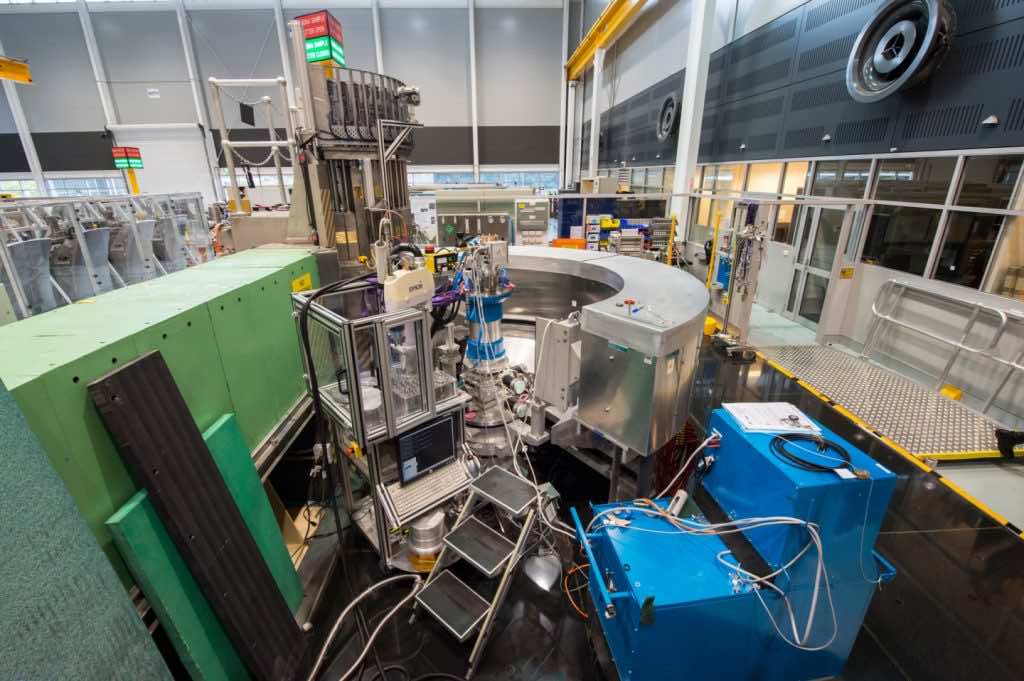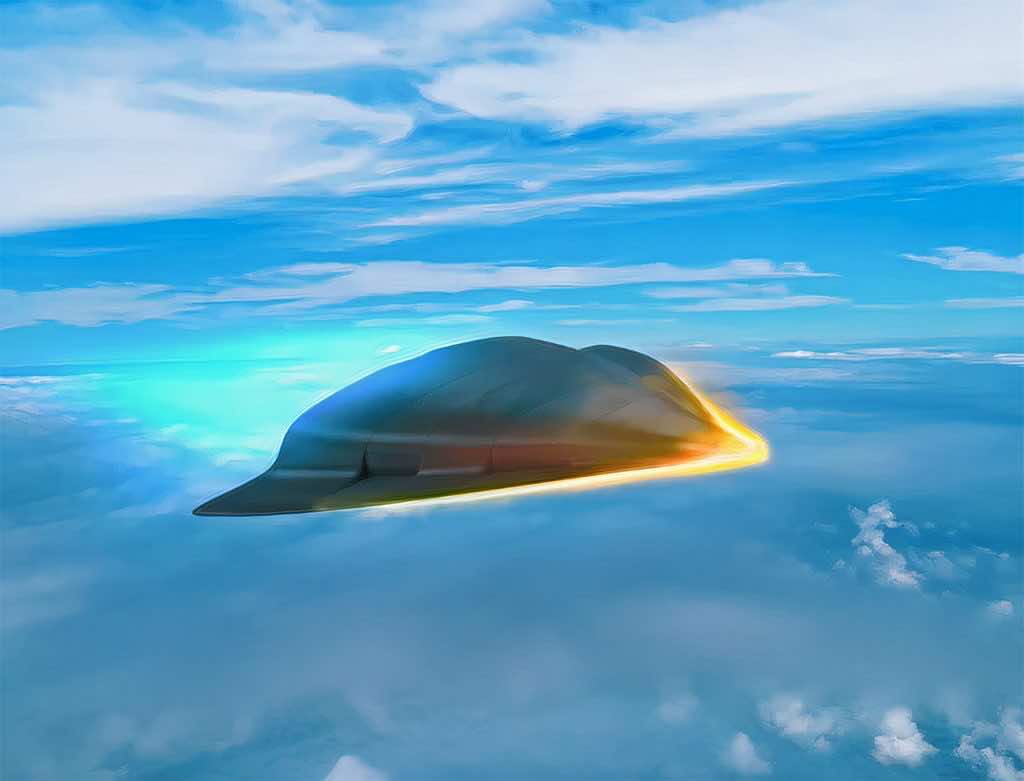Zero thermal expansion, a revolutionary find by Australian researchers, has left the world bewildered. The new material does not expand or contract under extreme temperatures. It is considered to be an exceptional yet unintended discovery that would transform aerospace and medical technology.
BACKGROUND: WHAT IS ZERO THERMAL EXPANSION?
Zero thermal expansion, more commonly known as ZTE, is a special characteristic of a matter related to the conditions in which the material avoids expanding or contracting in size or volume. We have been taught in elementary school that all matter contracts and expands in extreme temperatures, but that is not the case with the ZTE’s. They are rare because all other matter maintains its form within a very limited bracket of temperature.
This makes materials with the zero thermal expansion property invaluable in specific applications where temperatures can vary significantly, such as space technology that needs to withstand extreme heat and extreme cold.
Pure materials have lesser ZTE properties. ZTE’s are an amalgamation of different compounds with different contraction and expansion traits. This is exactly why they are rare to create and configure because to create ZTEs; different compounds have to be understood in detail.

Scientists at Australia’s University of New South Wales stumbled upon a new material by accident while researching for batteries, where the material’s outstanding properties came to the fore.
The material itself is a combination of other compounds: oxygen, aluminum, tungsten, and scandium. Its resistance to thermal expansion is formidable. As per the study, the material stays in its original form almost entirely regardless of the conditions of 4 Kelvin or 1400 K. The most astonishing thing is that it retains its shape from -450 to 2000 Fahrenheit.

The researchers are still skeptical about the new orthorhombic material and this fangled effect being produced. However, the material has some unique thermal properties, which has led to more investigation considering the fine little details, and it is suggested mainly by the university Professor Neeraj Sharma.
“Which part’s acting at which temperature, well, that’s the next question,” Sharma indicated. “The scandium is rarer and more costly, but we are experimenting with other elements that might be substituted, and the stability retained.”
The submission of the materials with no thermal expansion was previously huge. The space-related technology will aim for a better and blazing future if this technology is being used given the power and capacity to hold up and be persistent during the extreme temperature of the rocket ignition and the utter chill of the space.

There are quite a few distinct compounds that work together due to which other materials can reach levels of ZTE. But this is not as easy as it sounds. This all comes at the expense of how much vigor the material is to withstand changes and stay out in better quality for a short span of time. Hopefully, there would be much more quality research soon by the University of South Wales about the compounds that maintain the severe ZTE window without being concerned about strength. Fortunately, this applies to aeronautics as the spine-chilling cold winds and the fervors of the engines would
Certain medical procedures like surgical grafts in the human body are made possible because of this exceptional discovery giving the medical world a remarkable gift. The grafts can expand or contract while being a part of the human body or, to be precise, inside the organs, and there is a possible risk involved. However, this risk could be reduced by doing the same as one of the Australian researchers suggests making the issue less worrisome. No other choice is left for anyone to even think about if the human body reaches beyond its 1400 Kelvin ZTE threshold.


